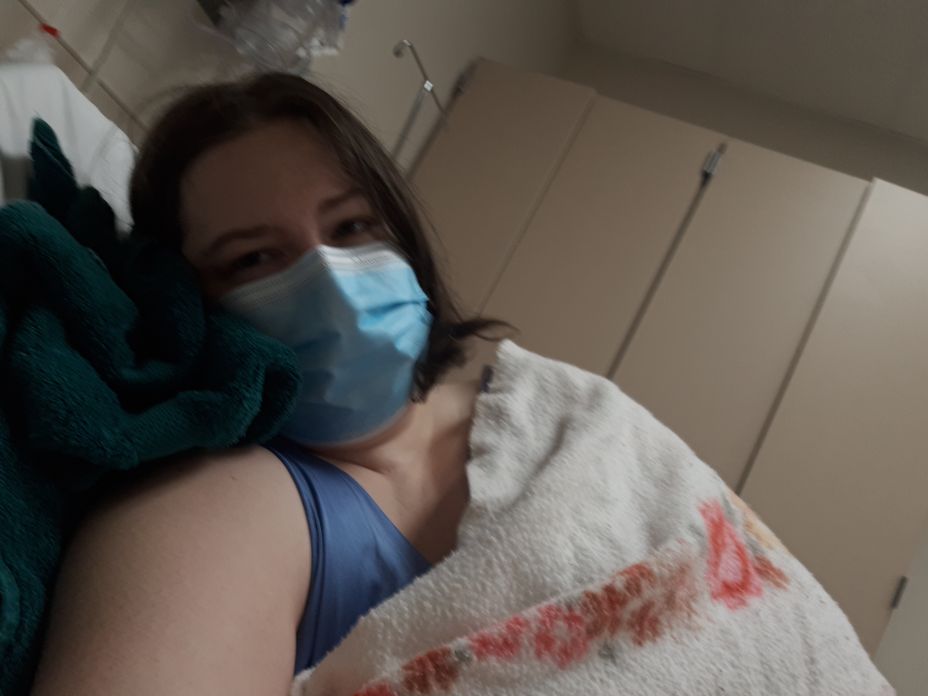Rolling Veins?
It took nine tries to get my IV to anchor into a vein yesterday when I made a trip to the ER. Eight of the nine resulted in blown veins, so I have some rough looking bruises across both of my arms and hands again.
I've been told I have "rolling veins," which is when a patient has veins that roll or slide aside when the pressure of the needle coming through the skin moves them. I feel bad, like I am annoying or wasting the time of my nurse, and give them a heads up when I see the tray of needles coming my way. Experienced nurses don't seem to hesitate, but I've had newbies thank me for letting them know so they can prepare or get their charge nurse. I tell them I've had so many shots and exams by now, I don't mind being used to learn off of.
I asked if there was anything I could do to help them, to make it easier, aside from recalling if one side or the other seems more common to work out than the other.
🥤 Stay Hydrated. Increased water intake helps to dilate your veins.
💆♀️ Relax. Tense muscles will constrict your veins further.
🧣 Keep Warm. Your blood flows better when its warm, not chilled.
🍎 Gravity. Let your arm hang down at your side or off the edge of the gurney, and your blood will flow into it better than it can flow back up and out.
🤜 Make a Fist. Flexing your fingers in and out of a fist will help to increase nearby flow and raise your veins towards the surface.
I hope this helps someone else out there. I know I have the most trouble with staying hydrated enough. I've got an awesome, measured cup saved to buy on my Amazon health wishlist to help me in the future.

